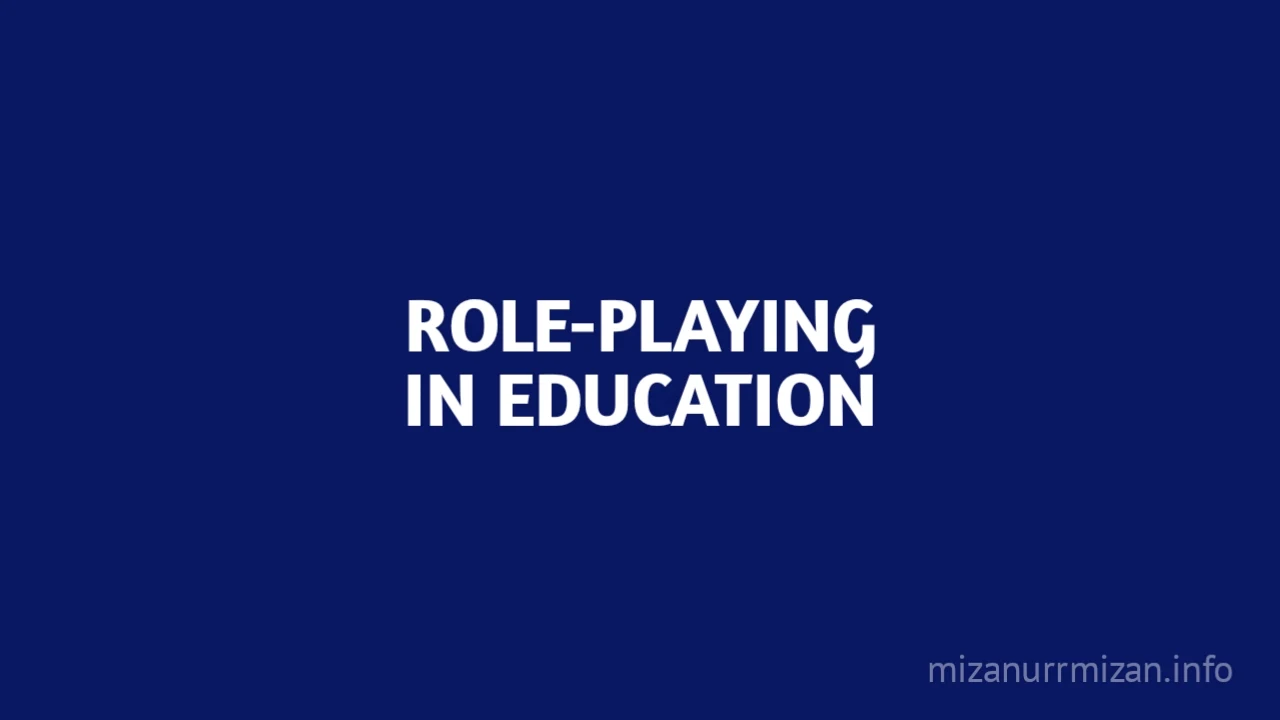The role-playing method is one of the methods used in student-centered learning activities. Here is a brief discussion about the role-playing method. What a role-playing method or definition of a role-playing method is, the advantages of the role-playing method, and the disadvantages of the role-playing method are mentioned below.
 |
| The role-playing method is one of the methods used in student-centered learning activities. |
Table of contents
What is the role-playing method?
Various methods have been around for a long time to diversify classroom teaching by eliminating monotony; One of them is role-playing. A method in which specific and appropriate textual content is presented through drama or acting to facilitate learning outcomes is called role play. Role-play exercises allow students to act out a specific situation or assume the role of another person. Individual students, in pairs, or in groups can play out these roles in a more complex scenario. Role plays immerse students in real-life situations or scenarios that can be “stressful, unfamiliar, complex, or controversial,” requiring them to examine their personal feelings toward others and their surroundings.
Role-playing is a technique that allows students to explore realistic situations by interacting with other people in a controlled manner to gain experience and test different strategies in a safe environment.
Role-play can be effectively used in the classroom to provide real-world scenarios to help students learn.
According to Carleton College, ” Role playing is a learning structure that allows students to immediately apply content as they are put in the role of a decision maker who must make a decision regarding a policy, resource allocation, or some other outcome.”
According to Chesler and Fox (1966), “Role playing is a method of instruction that meets these needs; individuals take on the roles of other people and act out the others’ feelings, thoughts, and behavior.”
How Role-play works
Students in the classroom may play roles similar to their own or roles they are likely to play in the future; or students may play the opposite part of the conversation or interaction, depending on the purpose of the activity. Playing roles in classrooms provides significant learning opportunities to the students, with the former allowing for experience and the latter encouraging the student to develop an understanding of the situation from the opposing perspective.
Participant students are assigned specific roles to play in a typical conversation or other interaction. They may be given specific instructions on how to act or say certain things, such as an aggressive client or a patient in denial, or they may be required to act and react in their own unique way based on the requirements of the exercise. The scenario will then be acted out by the participants, followed by reflection and discussion about the interactions, such as alternative approaches to dealing with the situation. The scenario can then be re-enacted with changes based on the results of the reflection and discussion.
Characteristics of role-playing method
- Role-playing methods can bring about quite a change in the traditional application of teaching methods to produce varied results in class activities.
- In the role-play method, the students participate in the learning in the classroom with sincerity and spontaneity and actively.
- The role-playing method can make fictional subjects and past events appear real to the students.
- When applying this role-playing method in-class lessons, the stage, costumes, scenery, etc. are rarely used.
Advantages or benefits of role-playing methods
- Role-playing develops communication and social skills among the students.
- Students recognize the content’s relevance in dealing with real-world situations.
- Role-playing creates the feeling of observing real events.
- By playing roles in classrooms, students acquire the skill to apply their learning content in a real-life context.
- Students adopt a decision-making persona through role-playing that allows them to deviate from their usual self-imposed limitations or boundaries.
- While playing roles, students engage in higher-order thinking and learn content more comprehensively.
- When real scenarios or contexts are unavailable, instructors can create user scenarios to set the parameters of the role play.
- The teacher, instructor in some cases, and students receive immediate feedback on specific learning.
Role-playing methods are inexpensive and easy to implement.
- The role-playing method allows children to explore, investigate and experiment.
Disadvantages of the role-playing method
- The role-playing method requires relatively more time.
- Role-playing methods require a well-experienced and properly trained teacher or instructor because Improper presentation and instruction can backfire.
- Not all educational institutions have the right atmosphere and environment for all the details of the subjects.
- It is not possible to use the role-playing method in all cases.
Bibliography
- Chesler, M., & Fox, R. (1966). Role-playing methods in the Classroom. Science Research Associates, Inc.
- Bonwell, C. C., & Eison, J. A. (1991). Active learning: Creating excitement in the classroom. Washington, DC: The George Washington University.
- Carleton College. Role playing. Starting Point-Teaching Entry Level Geoscience. https://serc.carleton.edu/introgeo/interactive/roleplay.html
- Northern Illinois University. Role Playing. Center for Innovative Teaching and Learning. https://www.niu.edu/citl/resources/guides/instructional-guide/role-playing.shtml
- Sheffield Hallam University. Role-Play: An Approach To Teaching And Learning. Blog. https://blogs.shu.ac.uk/shutel/2014/07/04/role-play-an-approach-to-teaching-and-learning/

Post a Comment
Write you think.